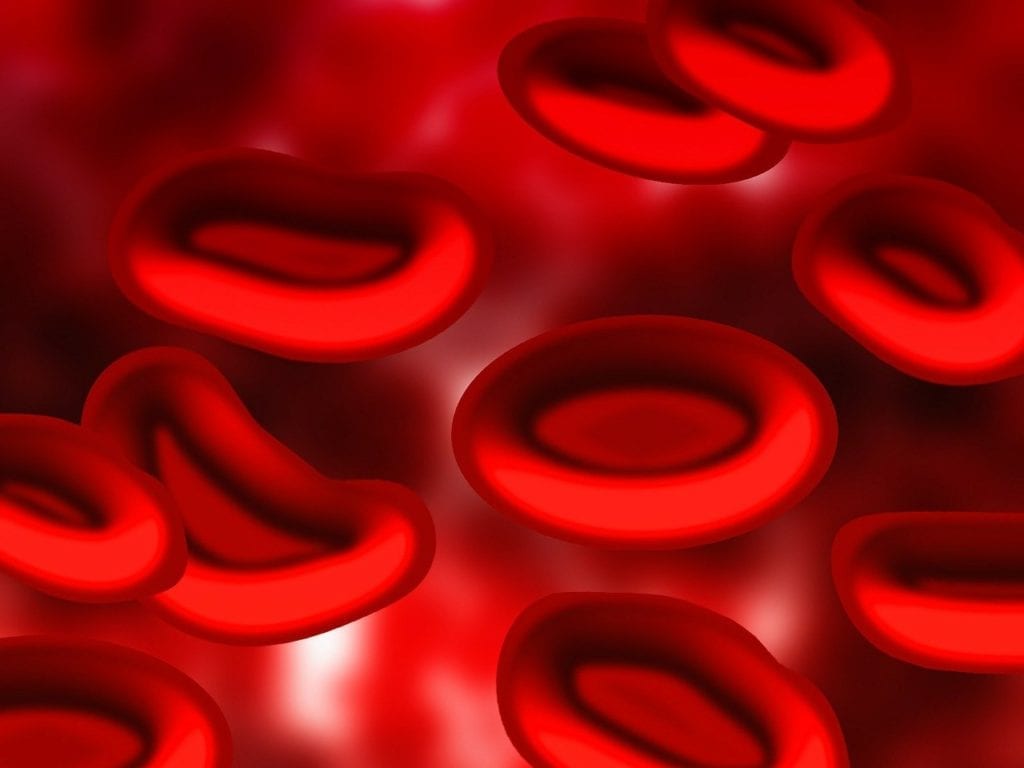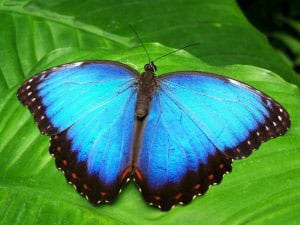A New Phase 3 Trial
A new phase 3 study will begin soon this year at Stanford University. Abeona Therapeutics had been waiting on IRB approval to begin the trial, and they’ve just announced the good news that they’ve received it. This trial will investigate EB-101 as a therapy for recessive dystrophic epidermolysis bullosa (RDEB). It’s called VIITAL.
Most of the recruited patients have finished their pre-screening process. The first patient should receive the therapy soon.
The company believes EB-101 could become the very first approved therapy for the condition. It would also be the only durable therapy which is able to heal the large and chronic wounds patients experience. As these wounds are one of the most debilitating and painful part of the disease, this would be invaluable to them.
Recessive Dystrophic Epidermolysis Bullosa
Recessive dystrophic epidermolysis bullosa (RDEB) is a rare disease caused by a COL7A1 gene mutation which affects the connective tissues in the body. Its most notable symptom is painful skin wounds. However, it can affect the body systemically.
RDEB patients can’t produce an effective form of Type VII collagen. Collagen is necessary for connecting the layers of the skin. Without it, the skin breaks open.
This condition has yet to have an approved therapy.
Specifics of the Trial
This is a multi center trial with more study sites to be initiated soon. It is randomized and will include up to 15 participants. It’s estimated that together, 30 different wound sites will be evaluated.
The primary endpoint of this trial is the proportion of the 30 wounds who experience more than 50% healing within 3 months of treatment. Treated and untreated wounds will be examined on each individual patient.
Secondary endpoints of this trial are-
- Pain
- Pain during dressing changes
- Pain impact
- Physical function
To find out more about this trial and how to enroll, click here.
EB-101
So what exactly is EB-101 and how does the therapy work? It is an autologous cell therapy which delivers COL7A1 to a patient, allowing them to produce the needed collagen. With the proper collagen expression in their body, wound healing can begin.
EB-101’s promise was first demonstrated in a Phase I/II trial. This examination, also conducted at Stanford, showed that the therapy could provide benefits to patients which were sustained for 2-5+ years. The effect was found to be positive even for the largest wounds.
The therapy already has received Orphan Drug Designation (US and EU), Rare Pediatric Disease Designation (US), Breakthrough Therapy Designation (US), and Regenerative Medicine Advanced Therapy Designation (US).
You can read more about this therapy here.






